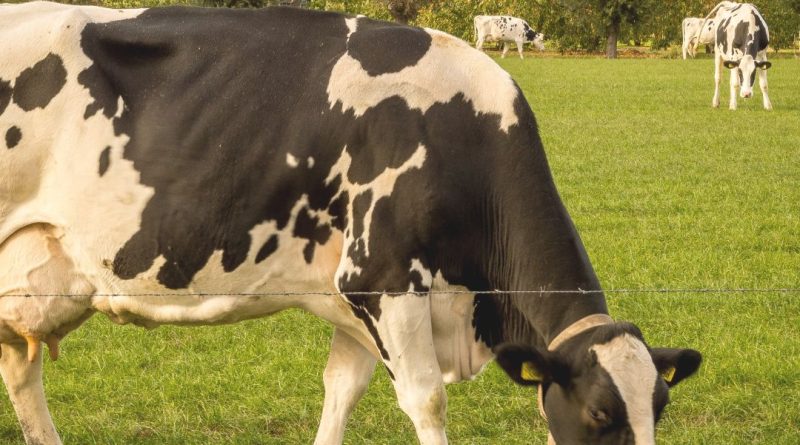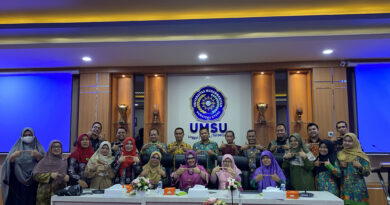The Importance of Halal Certificates for Slaughterhouses
Assalamu’alaikum Sobat Halal-Mu, do you know that it is not only meat that must be halal, but also the slaughterhouse / place of animal slaughter that must be halal certified.
Slaughterhouse (RPH) is a place for slaughtering animals such as goats, cows, and poultry. One of the abattoirs that are required to have a Halal Certificate, regulated in Law Number 33 of 2014 concerning Halal Product Guarantee. Halal Certification is a guarantee that the slaughter carried out is in accordance with Islamic law.
Based on Article 140 of Government Regulation Number 39 of 2021 concerning the Implementation of the Halal Product Guarantee Field, the staging of halal certification obligations for food products, beverages, slaughter products and slaughter services starts from October 17, 2019 and will be completed on October 17, 2024.
Why is a halal certificate important for abattoirs?
Slaughter products are among the most critical ingredients and abattoirs are in the upstream sector, therefore abattoirs must ensure that the slaughter and processing process is carried out in accordance with Islamic law and established halal rules.
If the meat issued by the abattoir is not halal, then the meat products and their derivatives will not be halal.
The halal certification process for slaughterhouses requires the role of halal butchers who are competent in implementing a halal product assurance system. In addition to the slaughterhouse must be halal certified, Halal Butchers (JULEHA) must also be certified.
The role of halal butchers is very important to ensure the halalness of meat products from upstream. By slaughtering according to Sharia, it will certainly increase the demand for the number of halal products on the market.
The more halal-certified slaughterhouses, the easier it is for MSEs to get basic ingredients for meat / other slaughter service products that are halal certified.
Check out the Halal Slaughterhouse Location Requirements in Article 7 of Government Regulation Number 39 of 2021.
Must meet the following requirements:
- physically separated between the location of halal slaughterhouses and the location of non-halal slaughterhouses;
- limited by a wall fence of at least 3 (three) meters to prevent traffic of people, tools, and products between slaughterhouses;
- not located in areas prone to flooding, polluted by smoke, odor, dust, and other contaminants;
- have separate solid and liquid waste handling facilities with non-halal slaughterhouses;
- the basic construction of the entire building must be able to prevent contamination; and
- have separate doors for the entry of slaughter animals with the exit of carcasses and meat.
Requirements for Halal Slaughterhouses Article 8 of Government Regulation Number 39 of 2021
Must be separated between halal and non-halal in:
- animal shelter;
- animal slaughter;
- skinning;
- removal of offal;
- softening room;
- carcass handling
- cooling room; and
- waste handling facilities.
Requirements for Halal Animal Slaughter Equipment in Article 9 of Government Regulation Number 39 of 2021
- do not use slaughter tools interchangeably with those used for slaughtering non-halal animals;
- using different means for halal and non-halal in cleaning tools;
- using different means for halal and non-halal in the maintenance of tools; and
- have their own tool storage for halal and non-halal.
Halal is Our Need, Our Quality and Our Choice




